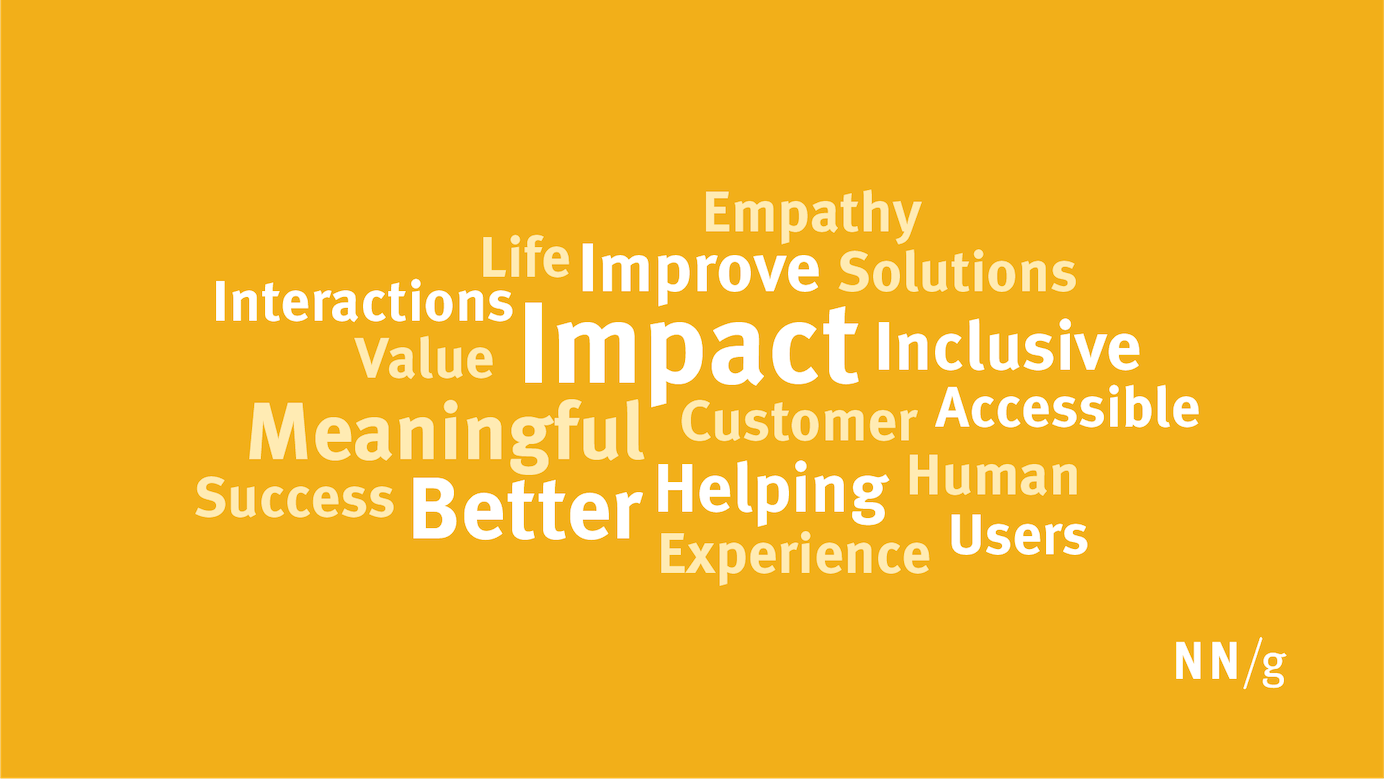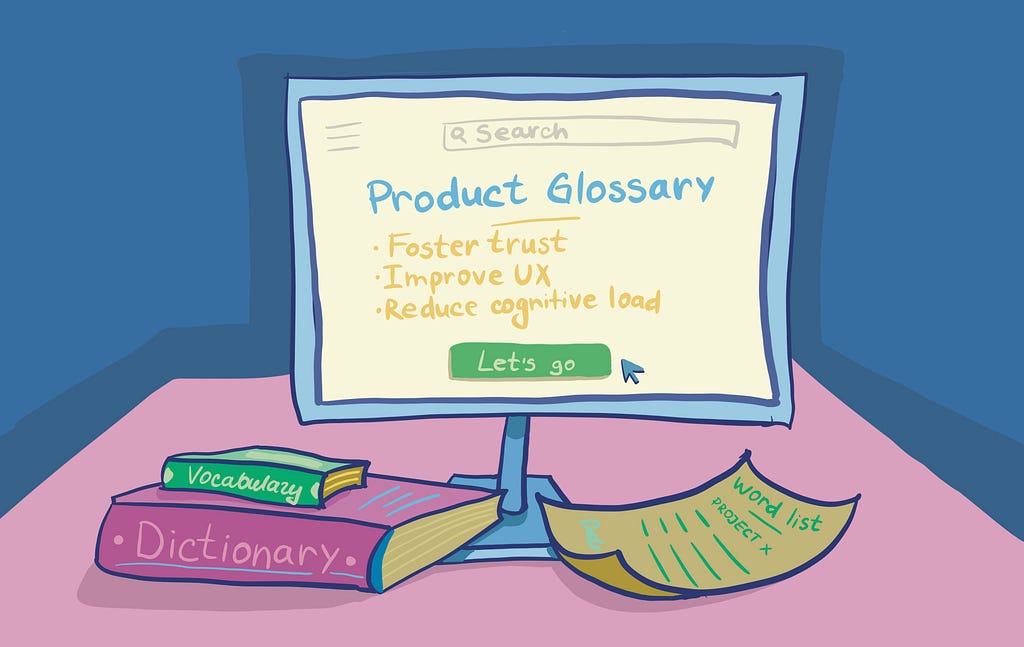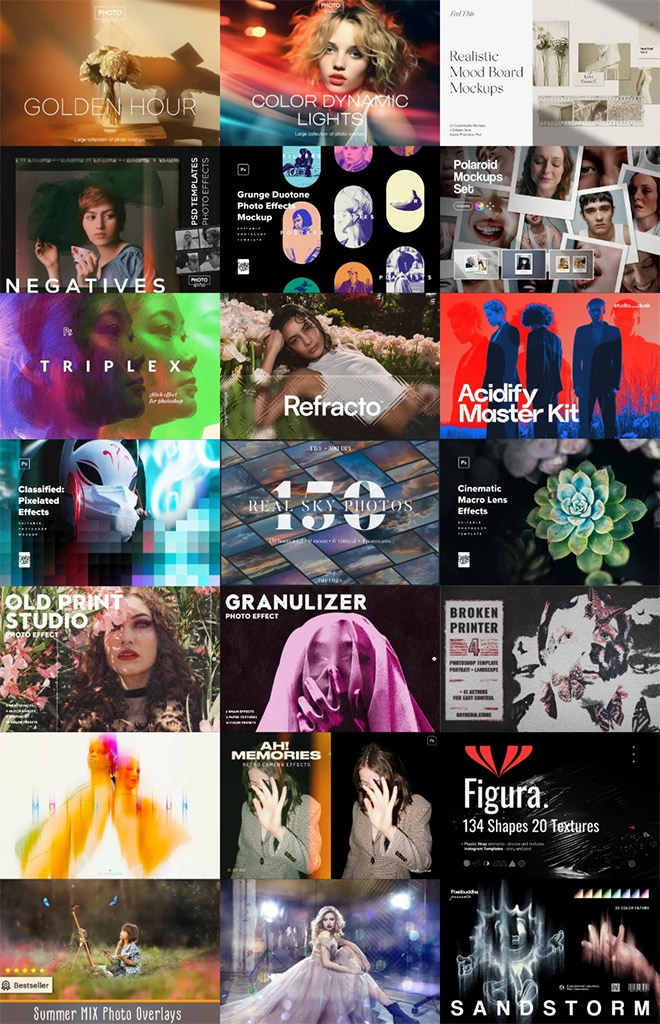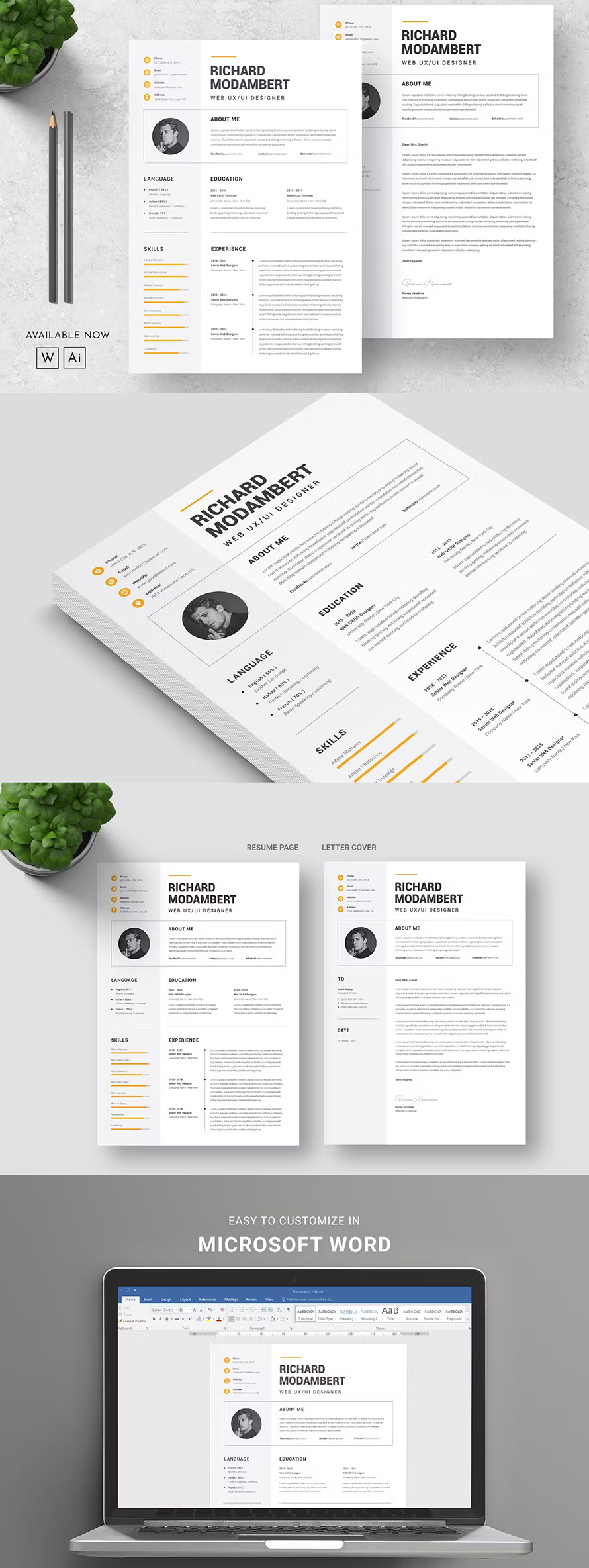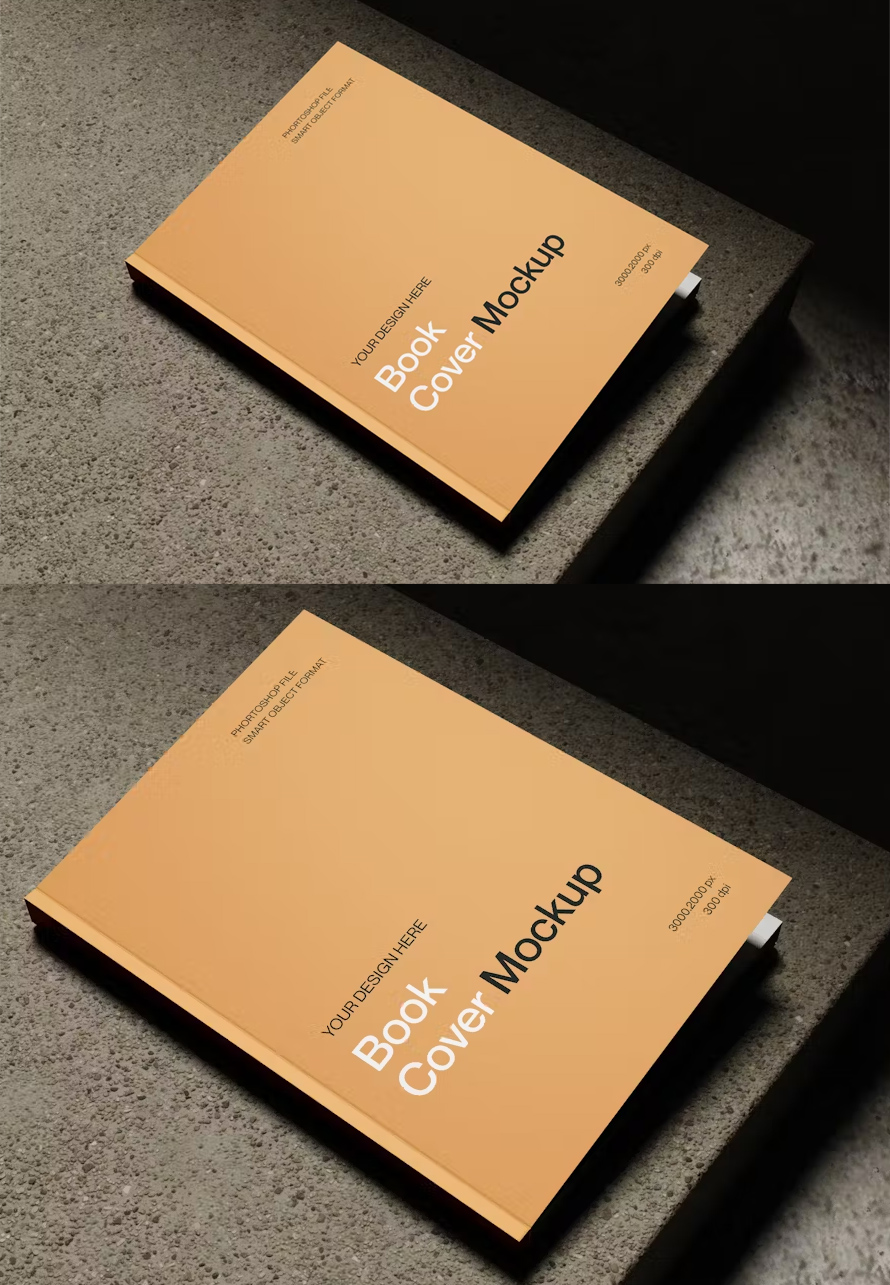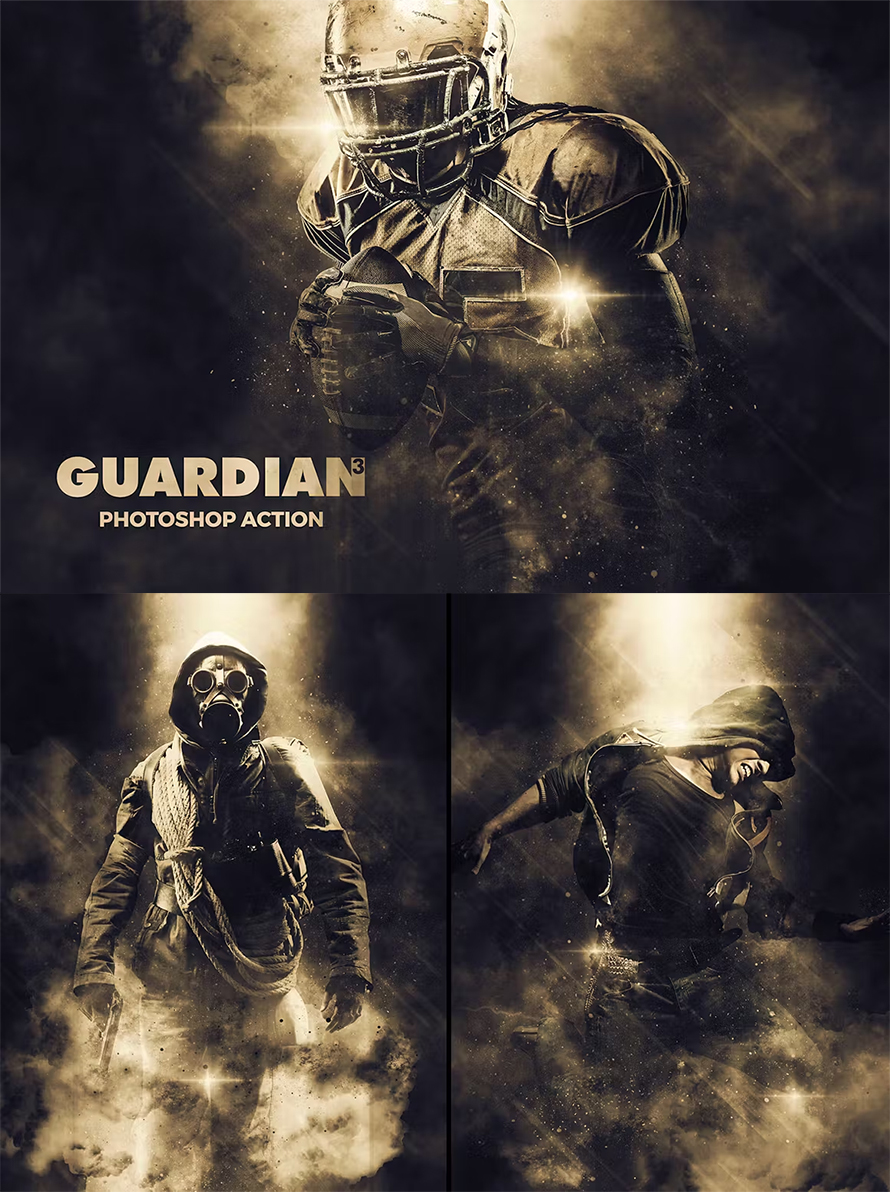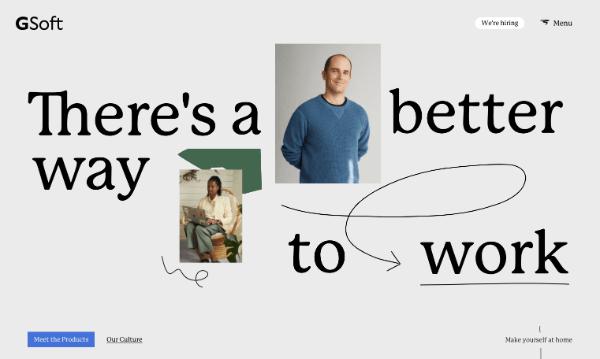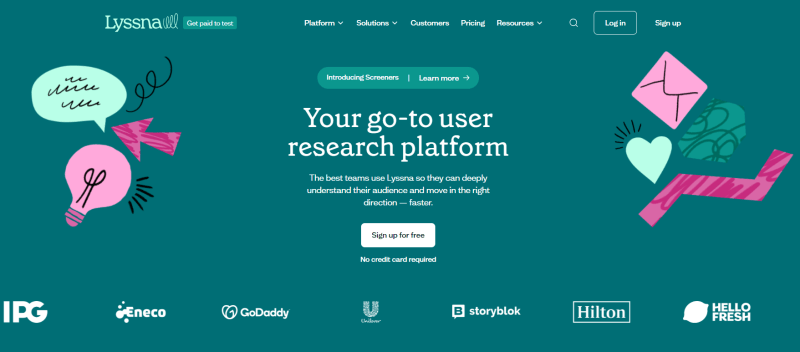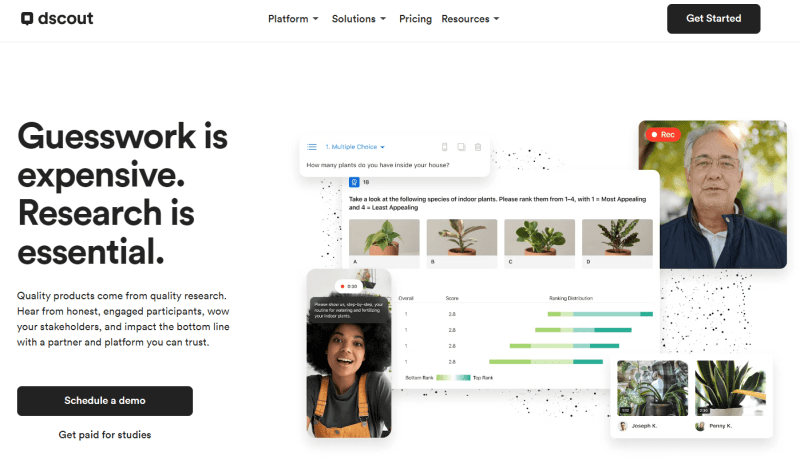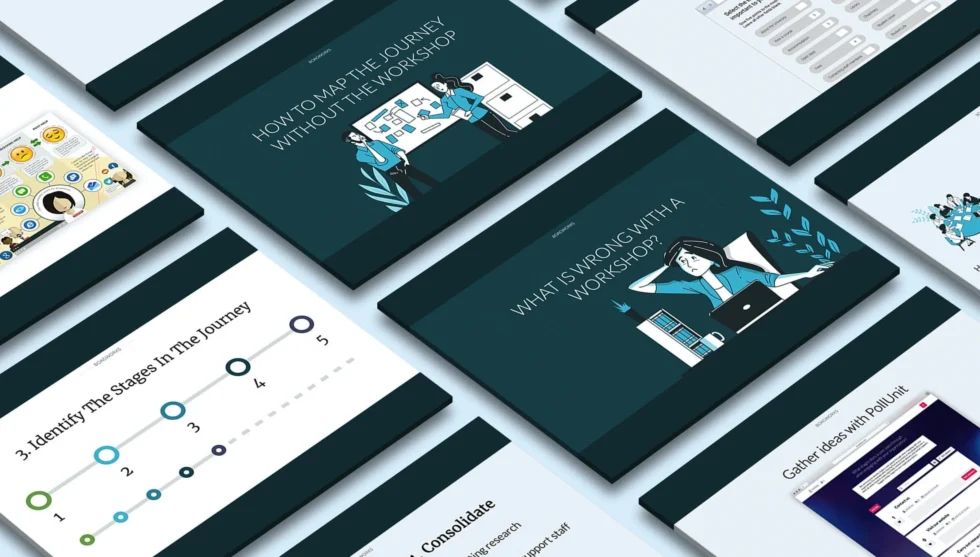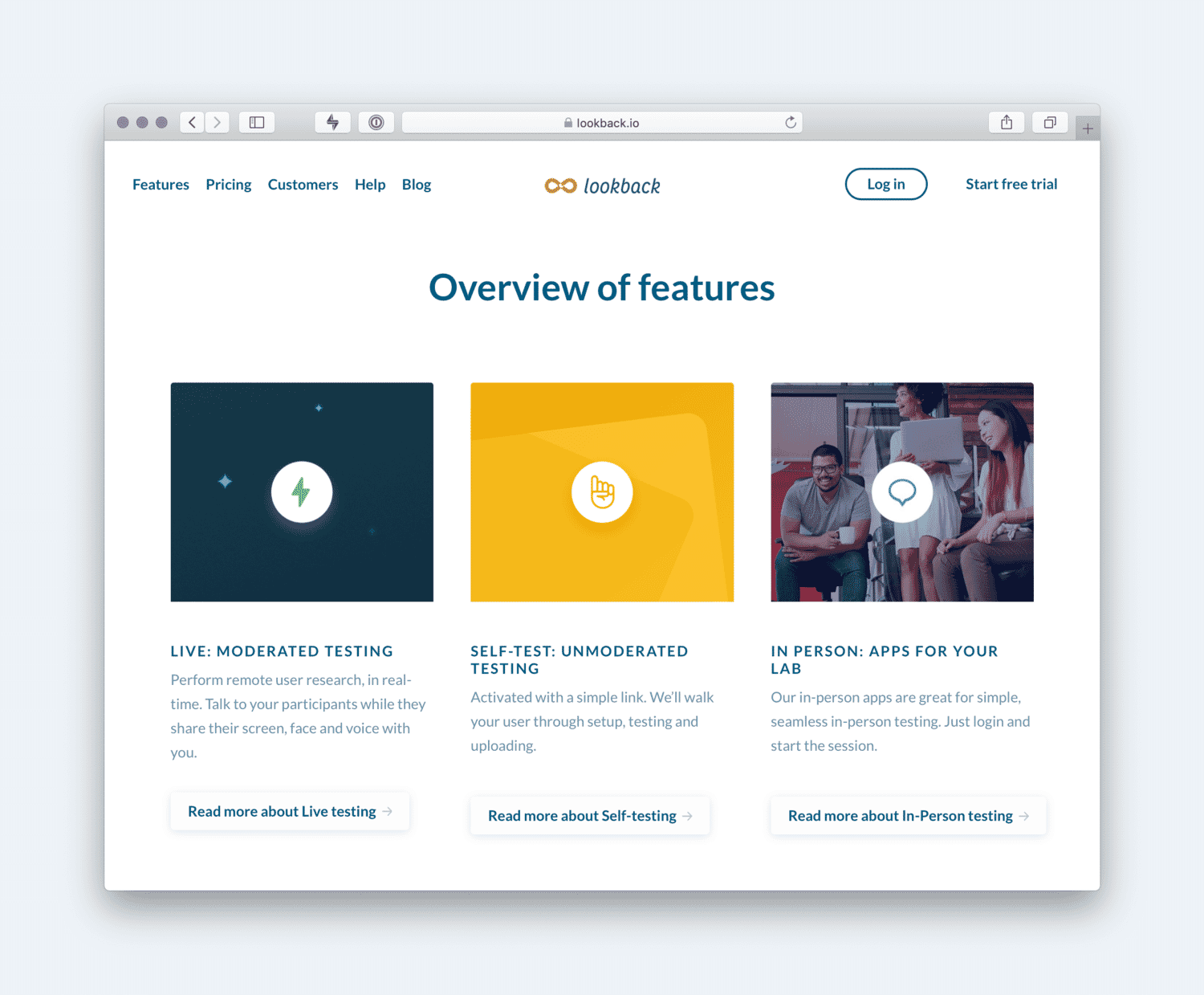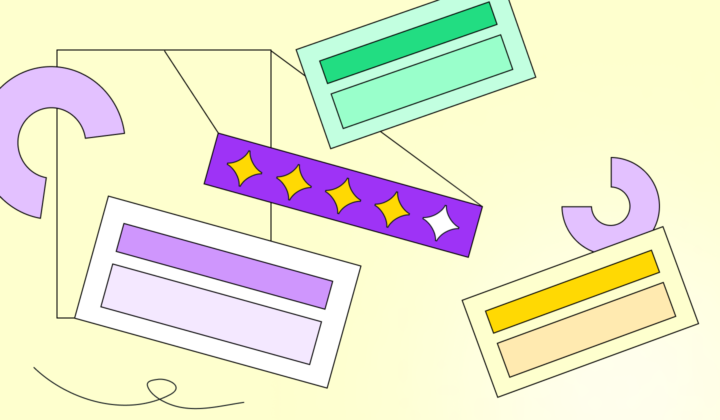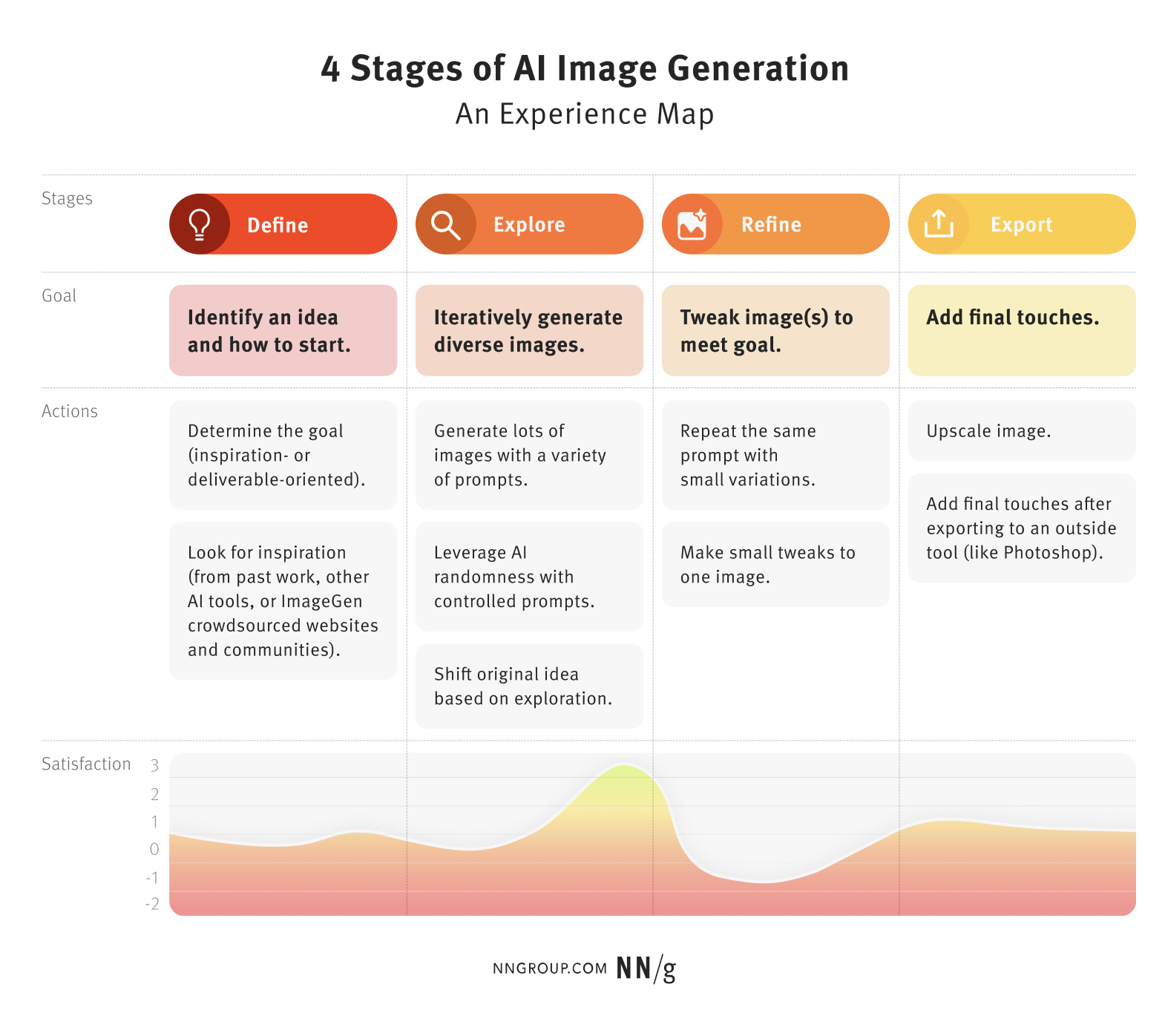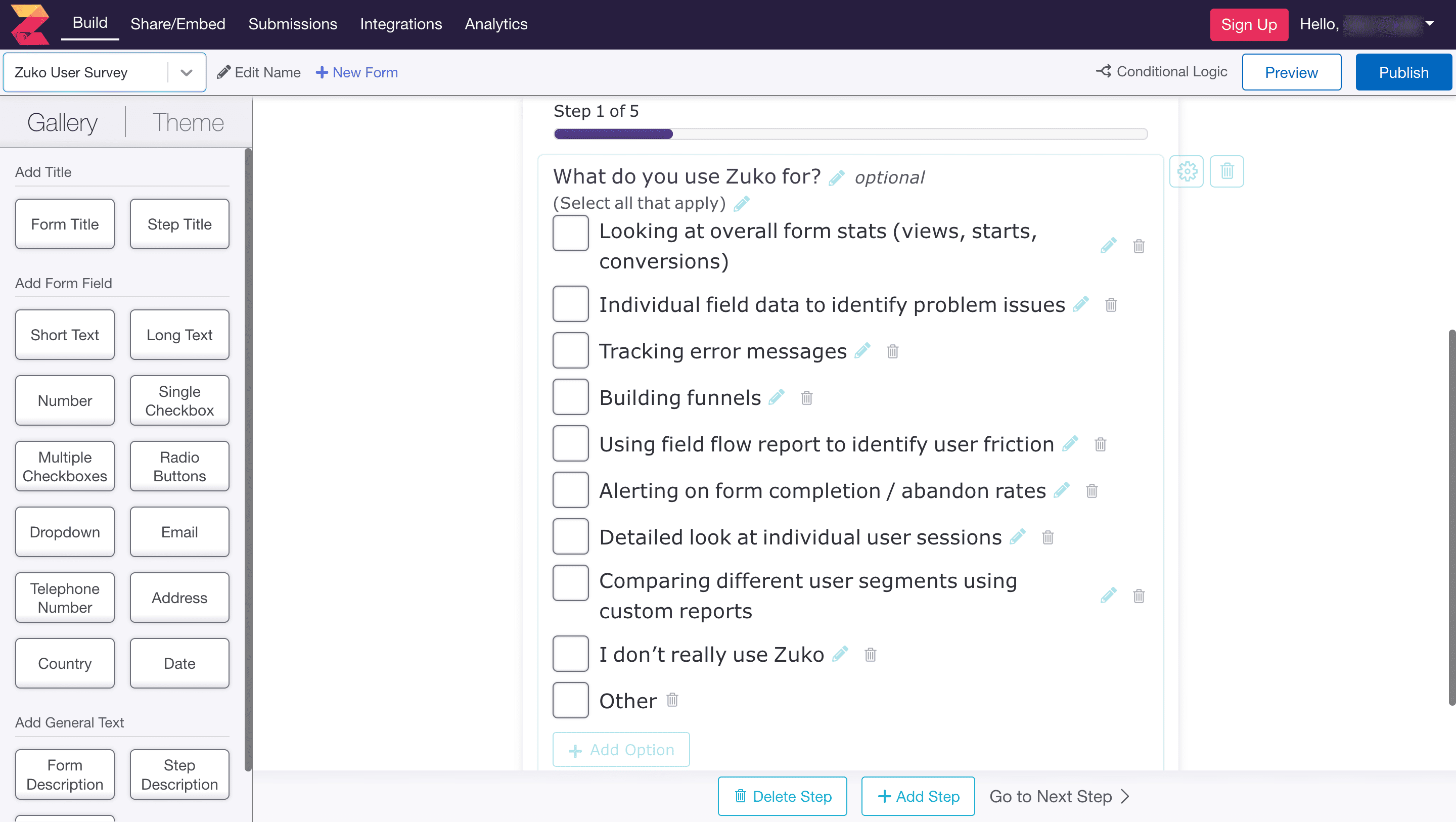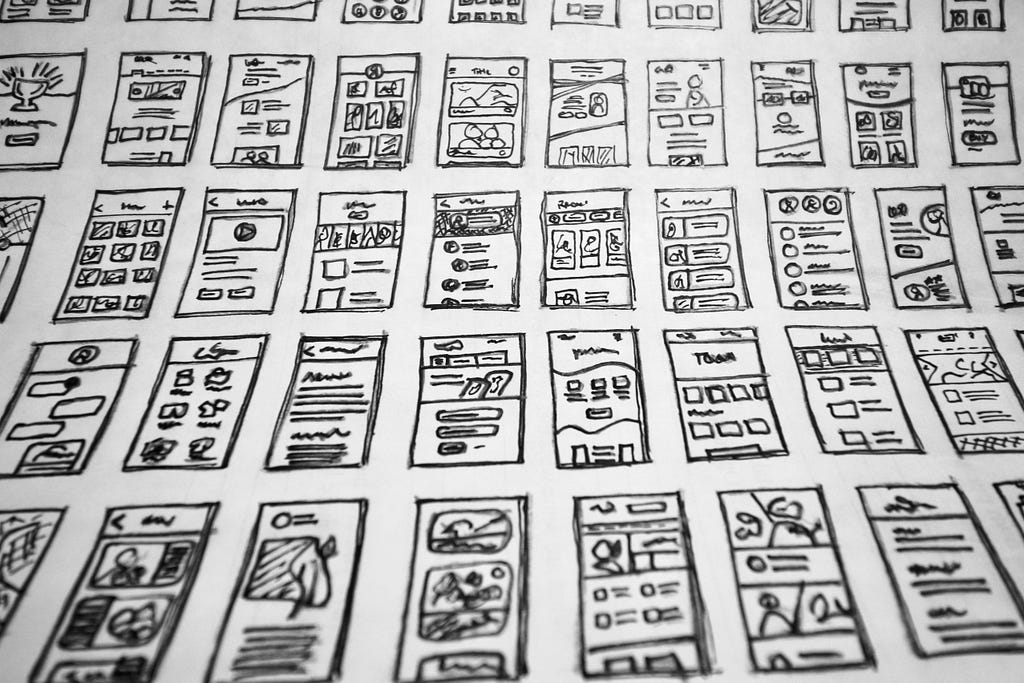While in-house UX consultants, UI/UX designers, and user researchers continue to gain popularity, some businesses continue to opt for the expertise of specialized UX design firms. Here, we listed user experience consultancies and full-service UI UX design agencies from the US to Europe, with a brief description of each to help you decide. If you… Continue reading Top 10 UX Design Agencies to Work With – July 2024
Category: UX
UX Conference October Announced (Oct 5 – Oct 11)
How will the Virtual Event work? Meetings will take place using the video conferencing tool Zoom, collaboration tools (such as group document editing and whiteboarding tools), and the social discussion tool Slack. You’ll also be able to use Slack before, during, and after the event to participate in social events and network with other… Continue reading UX Conference October Announced (Oct 5 – Oct 11)
The Best Things About Working in UX
Summary: We surveyed 126 practitioners, uncovering 8 things practitioners love about working in UX, from problem-solving to accessible design. About the Survey With the current state of the economy, the advent of AI, and recent layoffs, many UX professionals are feeling anxious. I can understand this sentiment as we’re going through a period of uncertainty.… Continue reading The Best Things About Working in UX
Aura: Reimagining Therapy through a Multisensory Perspective
[unable to retrieve full-text content] A service that aims to provide experiential multisensory therapy by building upon the virtues of the self-devised ‘Experience-Therapy Dyad’ and mixed reality. Team Pranoy Kanungo , Nikhil Srivastava, and Sahil R Timeframe 3 Months (July 2021 to October 2021) Designing for Mental Wellness With the passage of time, the value of mental health has solidified… Continue reading Aura: Reimagining Therapy through a Multisensory Perspective
When and why to create a Product Glossary for your team
[unable to retrieve full-text content] Improve internal communication and make your innovations easier to use and understand. “The world we see is defined and given meaning by the words we choose.”— Wittgenstein This article describes the process of creating and developing a robust glossary for tech companies, with the ultimate goal of maintaining content consistency… Continue reading When and why to create a Product Glossary for your team
Add New Effects to Your Design Work with This Mega Collection
Get your hands on this incredible collection of best-selling creative products and explore new effects in your upcoming projects! Inside you’ll discover a range of effects packs, mockups and overlays combined into one discounted bundle named The Effect Lovers Mega Collection. All the assets come backed with full extended licensing, so you can safely use… Continue reading Add New Effects to Your Design Work with This Mega Collection
Grainy Xerox Grunge Effect Photoshop Tutorial
This grungy grainy style of image is often called the Xerox effect because of its similarity to old photocopied images. The image is given a high-contrast black-and-white appearance with shading generated by large grainy noise textures. Follow along with this tutorial to discover which combination of filters achieves the look and how you can customise… Continue reading Grainy Xerox Grunge Effect Photoshop Tutorial
Simple and Clean Minimal CV Resume Templates
In today’s fast-paced job market, recruiters often spend mere seconds scanning resumes before deciding on an interview. A cluttered or poorly formatted CV Resume can mean your application gets tossed aside, even if you possess the perfect skillset. This is where the power of minimal CV resumes comes into play. As technology evolves, so too… Continue reading Simple and Clean Minimal CV Resume Templates
50 Best Book Cover Mockups
For any author, the book cover is the first impression your story makes. It’s the billboard on a crowded shelf, the digital thumbnail that catches a reader’s eye. A well-designed cover can entice readers to delve into your world, sparking their imagination and promising a captivating journey. But crafting the perfect cover can feel daunting,… Continue reading 50 Best Book Cover Mockups
12 Mistakes to Avoid When Journey Mapping
Posted on: 10 June 2024 Scott Plewes Chief Strategy Officer I came across this quote by Thomas Sowell (apparently, he’s a bit of a controversial figure, but I liked the quote). “When you want to help people, you tell them the truth. When you want to help yourself, you tell them what they want to… Continue reading 12 Mistakes to Avoid When Journey Mapping
From Data to Design: 6 Key Insights from the World’s Largest QuantUX Conference
Posted on: 20 June 2024 Jonathan Pusic UX Architect Last week, I had the pleasure of attending the 2024 QuantUX conference, where practitioners, researchers, and leading thinkers in UX came together to explore the intersection of data and user experience. Topics ranged from the latest advancements in AI to tools for quantifying user behaviour and… Continue reading From Data to Design: 6 Key Insights from the World’s Largest QuantUX Conference
45+ Standout Websites Designed with the Latest Trends
The web is a living landscape, constantly evolving with new technologies and design philosophies. For businesses and creators, staying ahead of the curve isn’t just about functionality, it’s about creating an online presence that captivates and inspires. This article delves into the world of cutting-edge web design by exploring how several outstanding websites are leveraging… Continue reading 45+ Standout Websites Designed with the Latest Trends
2024’s Best Photoshop Actions
In today’s fast-paced world, efficiency is paramount for designers and photographers. Clients demand quick turnaround times and consistent quality, putting pressure on creative professionals to work smarter, not just harder. This is where Photoshop Actions come in – powerful tools that automate repetitive tasks, saving precious time and money. Unleash the efficiency of pre-made edits… Continue reading 2024’s Best Photoshop Actions
InsFollowPro Review: Boost Your Instagram with Real Followers, Likes, and Views
In the digital age, Instagram has become a vital platform for personal branding and business growth. Yet, building a strong Instagram presence can be a daunting task. Enter InsFollowPro, an Instagram growth service designed to boost your Instagram with real followers, likes, and views. This article provides an in-depth review of InsFollowPro, exploring its features,… Continue reading InsFollowPro Review: Boost Your Instagram with Real Followers, Likes, and Views
5 Website Features to Help Your Business Thrive in the Digital Age
In the age of instant gratification, attention spans are shorter than a tweet on a Tuesday. That’s why your website, the digital doorknob to your business, needs to make a stellar first impression. Studies show that a whopping 95% of a visitor’s initial judgment is based on design alone. Now, that’s a statistic that could… Continue reading 5 Website Features to Help Your Business Thrive in the Digital Age
Lyssna (UsabilityHub) Reviews: Pros, Cons & More
Considering Lyssna for your team’s research but want to weigh the pros and cons? Curious about others’ opinions on this tool? You’re in the right place! This article will explore Lyssna, highlighting its features, identifying any drawbacks, and comparing it to a top alternative. ❕ Important note: This review site presents information relevant… Continue reading Lyssna (UsabilityHub) Reviews: Pros, Cons & More
Moderated research with dscout
Moderated research helps gather qualitative feedback directly from users. dscout, a research platform, simplifies this process with tools for participant recruitment, live video interviews, and automated data transcription and analysis. This article explores how dscout’s features support moderated user research and compares its effectiveness to other research tool. TABLE OF CONTENTS Does dscout… Continue reading Moderated research with dscout
Personas: Are they the Answer for Visualizing Your User Research?
When I engage with a client, one of the first questions I ask is about what research has been conducted with users. Too often, the answer is very little. But when that is not the case, the next thing to appear is a set of user personas. Discover a better way to map the customer… Continue reading Personas: Are they the Answer for Visualizing Your User Research?
The Best UX Design Tools You Need for Testing
This post is a list of the best UX design tools I have found for testing the user interfaces we build, and better understanding our users. UX Design Tools for Usability Testing Lookback is bar far the best and most flexible tool for usability testing I have found. I have tried a lot of different… Continue reading The Best UX Design Tools You Need for Testing
How far do people trust AI? – A Research project from UX Studio
We designed quantitative research to get an overview. In this post, we will introduce our research process, and give a sneak peek at our top 3 findings. You can also check out the detailed results with all the graphs and findings. Why we ran this study UX studio is delving into the research on the… Continue reading How far do people trust AI? – A Research project from UX Studio
Feedback: The Foundation of the Designer Communication Toolset
Reality hits as soon as you cut into a piece of wood. First, you might blame the quality of the wood. After countless trials and errors, you slowly begin to realize that using a Ryoba requires practice, patience, and technique. Based on my experience and after a series of internal mentoring at UX studio, I… Continue reading Feedback: The Foundation of the Designer Communication Toolset
The 4 Stages of AI Image Generation: An Experience Map
Summary: AI image generation users often follow a similar creative process: ideate, generate, refine, and export. Understanding how expert users use AI tools in the process of image generation can help designers and other beginner users get better at using these tools for their projects; it can also inform the future design of such tools.… Continue reading The 4 Stages of AI Image Generation: An Experience Map
Zuko Form Builder: Build Forms with High Conversion Rates
80% of users have abandoned an online form after beginning to fill it out (source). Chances are you’re losing more users on your form than you know. The only way to turn this around is to build a form that delivers a smooth and easy user experience. That’s where Zuko Form Builder can help. Data-Driven… Continue reading Zuko Form Builder: Build Forms with High Conversion Rates
How do I propose to improve the usability of Gymnasium.com
[unable to retrieve full-text content] Photo by Hal Gatewood on Unsplash I pretty much discovered UX Design through their UX fundamentals course while working as a Test Automation Engineer. Although the course material was excellent, covering the fundamentals of UX beautifully, the platform itself had some clear usability issues. Gymnasium features a clean and simple design… Continue reading How do I propose to improve the usability of Gymnasium.com


